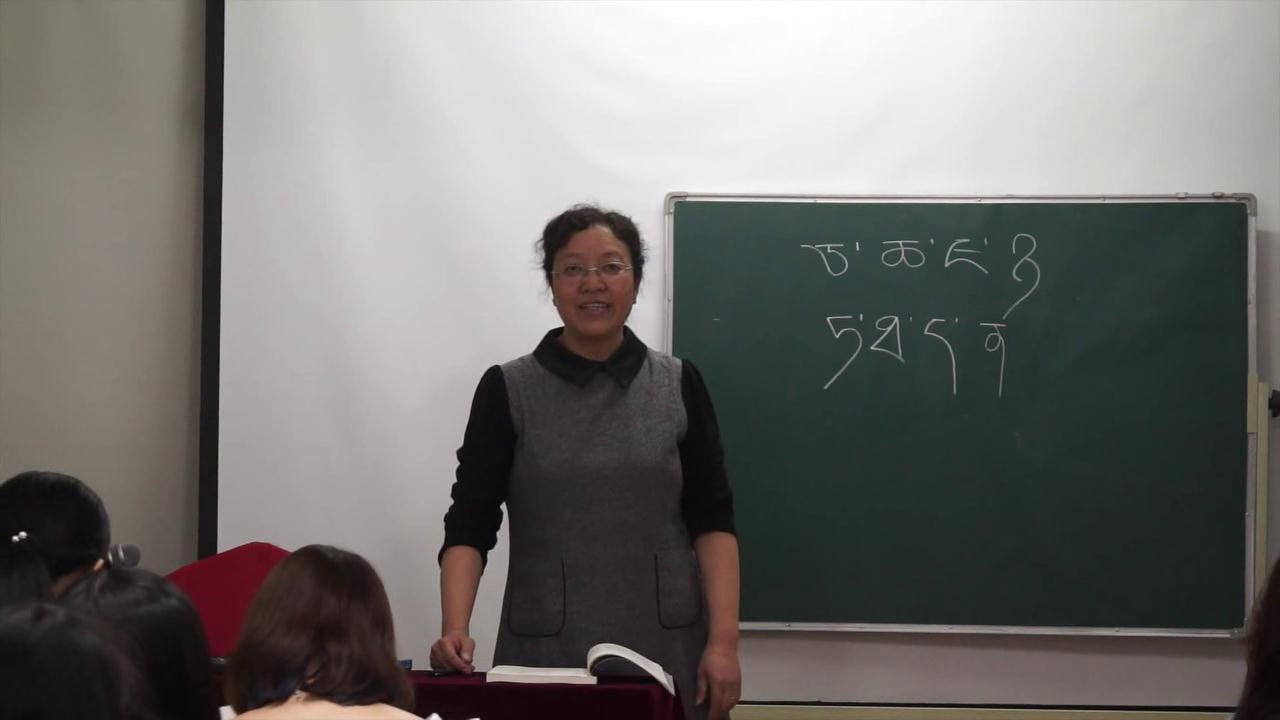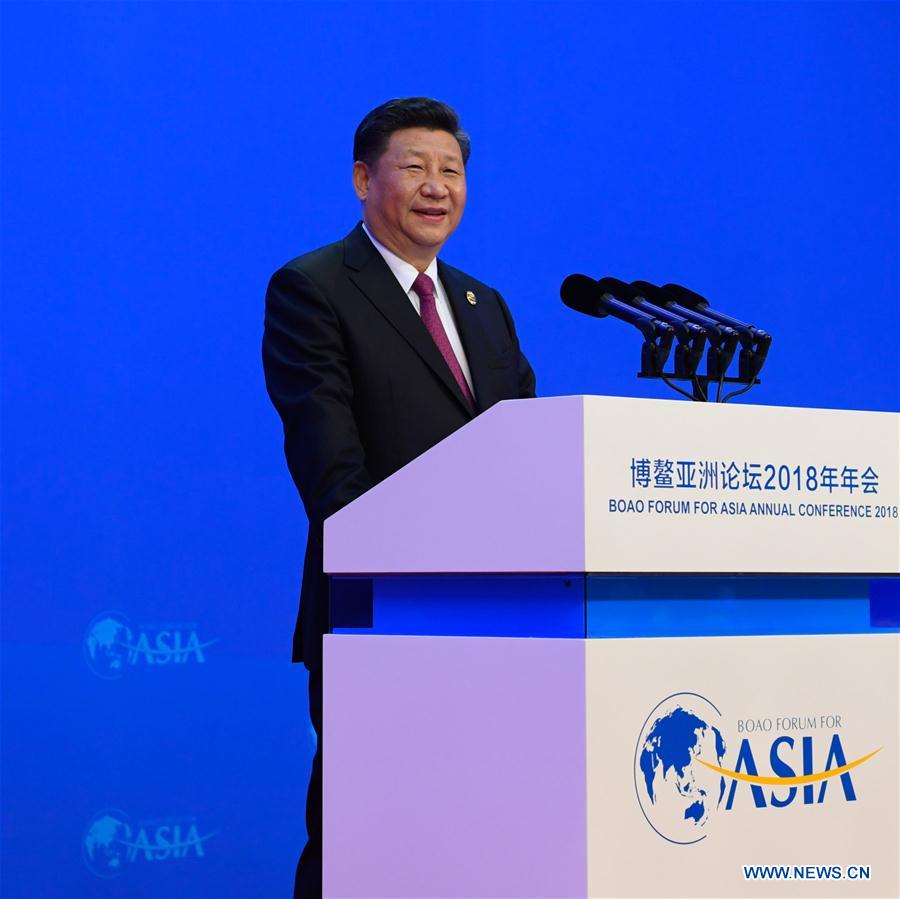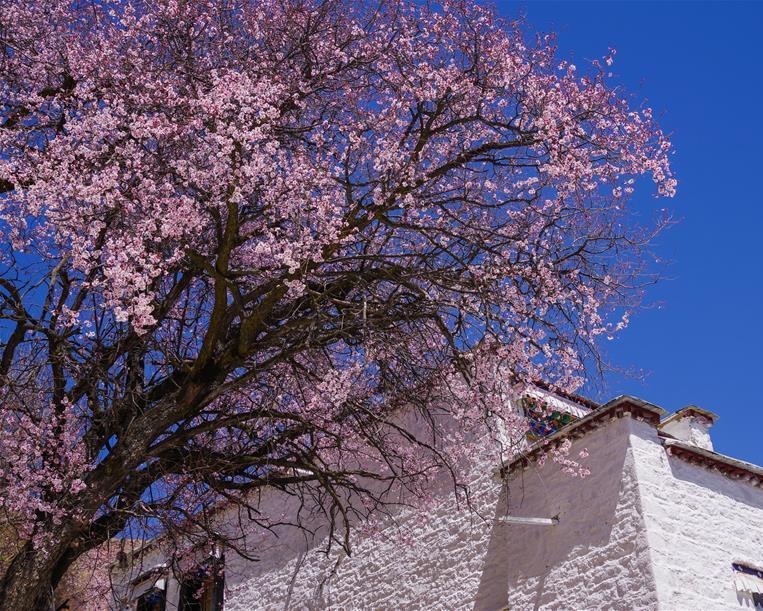Tibetan antelope well protected in China
Tibetan antelopes, which are one of China’s top ten most endangered species, are now well protected, said official on the International Day of Endangered Animals on April 8.
The Tibetan antelope, mostly living in Hoh Xil, is a unique species of China, and it is a typical representative of the fauna on the Tibetan Plateau. In recent years, as Qinghai province has continued to strengthen its protection efforts for Tibetan antelope and local ecological environment, Tibetan antelope’s protection is also enhanced. Thanks to the all-out efforts, living environment for Tibetan antelope is more and more secure. In September 2016, the International Union for the Conservation of Nature (IUCN) lowered the Tibetan antelope from “endangered” status to “threatened”.
At present, the grassland vegetation coverage in Qinghai province has increased to 69.3 percent and nomadic pastureland increased by 26 percent. Water conservation for the ecosystem on the grassland increased by 2.84 billion cubic meters. Besides, Qinghai has incorporated 64 percent of its plateau wetland ecosystems and 30.7 percent of forests into nature preservation areas. Being rich in forest, wetland, and grassland resources along with good management, the province has provided a good habitat for Tibetan antelopes. The population of Tibetan antelope in Hoh Xil has been gradually recovering and is currently at more than 60,000.
Ma Ji’en, who has run the Qinghai-Tibet freight route for many years, told reporters that in the past, Tibetan antelopes would immediately run away when seeing a car or people. Now, they are no longer scared. In particular, groups of Tibetan antelopes can be seen during the migration period.
In order to prevent poaching and other emerging cross-regional crimes against animals, in September 2009, three adjacent nature reserves, the Altun Mountains in Xinjiang, Changthang in Tibet, and Hoh Xil in Qinghai, signed a joint defense and cooperation agreement, which completely broke the limits on the boundaries of law enforcement and formed a force to combat illegal poaching activity. At the same time, with continuous public attention from both domestic and international communities, the bloody scenes of poachers hunting Tibetan antelopes have disappeared.
Your Comment
Name E-mailRelated News
-
-

-
Journalists eager to learn Tibetan
“Tibetan has 30 letters in its alphabet, all of which are consonants, and four vowel symbols... Try using saying “I” in the Shaanxi dialect for this word...”
-
-
-

-
Modern science, technology help rejuvenate ancient Tibetan medicine
Tibetan medicine, which is thousands of years old, has been gradually emerging from traditional workshops in recent years, moving towards more scientific, large-scale, and standardized means of production.
-
-
-

-
Tibetan tea helps women overcome poverty
About 160 Tibetan women from Xia Laxiu Township of Yushu City in northwest China's Qinghai Province learned a new skill: making handmade Tibetan tea.
-
-
-

-
Xi's speech wins high appreciation from world leaders at Boao
Chinese President Xi Jinping pledged to expand opening-up and promote global prosperity in a keynote speech on Tuesday at this year's Boao Forum for Asia (BFA) annual conference, winning praise from world leaders in attendance.
-
-
-

-
The top eight things you should do in China in 2018
China is a huge country with an extremely long history, hence it can be difficult to decide what to do or where to go. Below is a list of the top eight not-to-be-missed activities you should take part in if you visit, or are already in, China.
-







